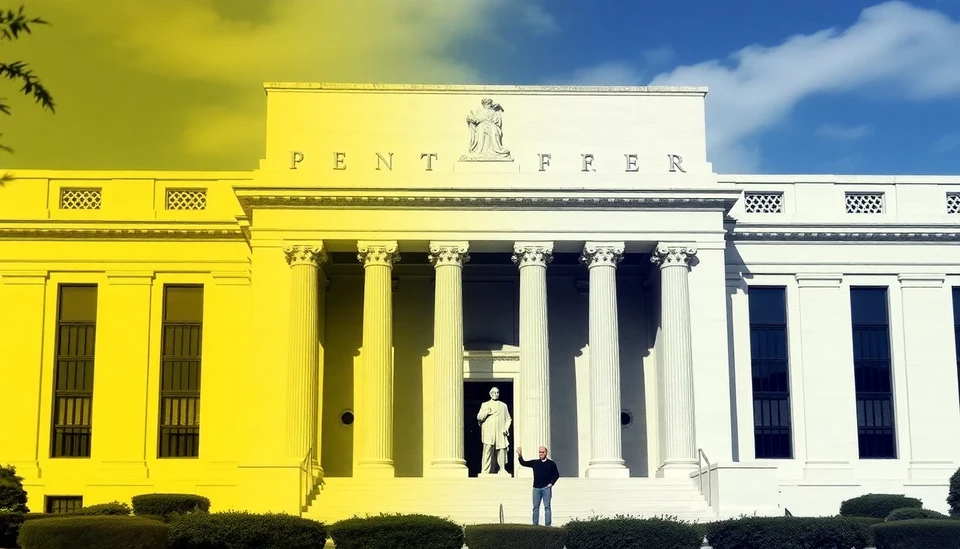
In a significant policy shift, the Federal Reserve has decided to implement a quarter-point cut in interest rates, a decision that has generated considerable debate among analysts and market participants. This move reflects the Fed's commitment to fostering economic growth amid various challenges, including fluctuating inflation rates and evolving global economic conditions.
The decision to lower the rate, which now stands at a target range of 4.75% to 5%, aims to provide additional support to the economy, particularly as signs of slowing growth and mixed signals in the labor market become increasingly evident. Fed Chair Jerome Powell emphasized that this cut is not just a reaction to current data but a proactive measure to navigate potential economic headwinds.
In the wake of this decision, several key takeaways are worth noting:
1. Market Reactions: Volatility Ahead
Following the announcement, stock markets experienced a surge as investors welcomed the news, anticipating increased liquidity that could spur consumer spending and business investments. However, some analysts caution that this initial euphoria may be short-lived, as ongoing uncertainties still loom over the economic landscape.
2. Inflation Outlook: A Balancing Act
Despite the rate cut, the Fed remains cautious about inflation, which has been a persistent concern. Officials highlighted that while lower rates could stimulate demand, they must remain vigilant to monitor inflationary pressures, which might arise as the economy expands. The central bank's goal is to achieve a balance that promotes growth without igniting inflation.
3. Uncertainty in the Labor Market
The latest decision comes amid mixed signals from the labor market. While job creation has shown resilience in some sectors, others are encountering significant slowdowns. The Fed’s strategy will involve closely monitoring employment trends to ensure that the job market remains robust, providing stability for American workers.
4. International Implications
This rate cut also reflects the interconnected nature of global economies. The Fed is aware that international developments can significantly impact domestic economic conditions. With other major central banks also adjusting their monetary policies, this decision could have ripple effects across global markets, affecting trade and investment dynamics.
5. Future Guidance: What’s Next?
In a related press conference, Chair Powell indicated that the Fed would remain flexible in its approach, keeping an open dialogue regarding future monetary policy adjustments. Economists and market analysts are now scrutinizing upcoming economic indicators as they try to anticipate the Fed’s next moves in 2024.
Overall, the Fed's decision to cut interest rates by a quarter-point signals a strategic approach to sustain economic momentum. While the immediate effects on markets have been positive, the real challenge lies ahead in balancing growth with inflation and employment stability.
As the economic outlook continues to evolve, stakeholders will be closely examining the Fed’s upcoming meetings to gauge how this pivotal decision influences their long-term strategies.
In conclusion, the Fed’s recent rate cut marks a critical moment in U.S. monetary policy, with potential effects felt across various sectors. Market participants, policymakers, and the public will be watching closely as the implications unfold in the coming months.
#FedRateCut #InterestRates #EconomicGrowth #Inflation #MarketReaction
Author: Laura Mitchell
